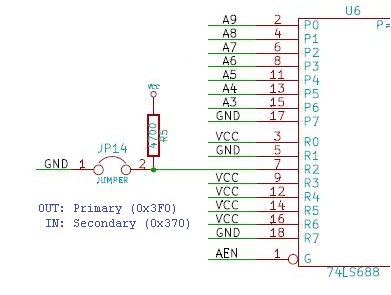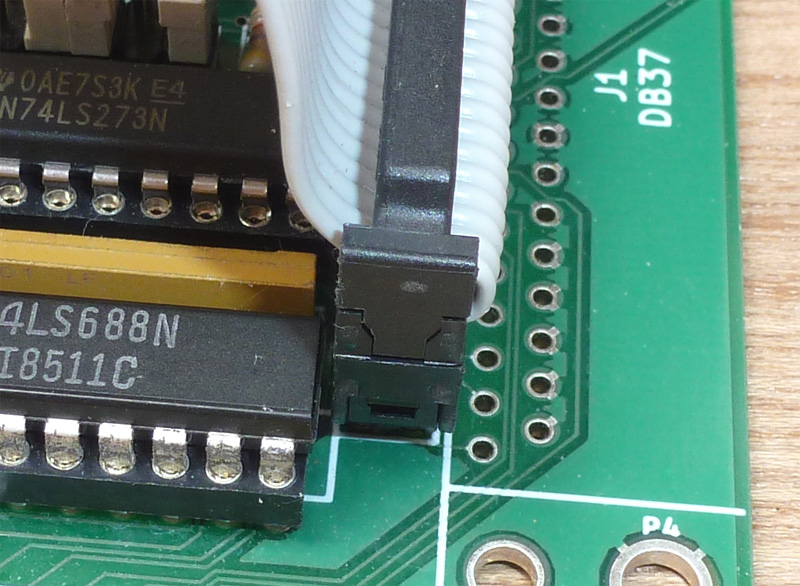NobodyIsHere
Veteran Member
- Joined
- Dec 21, 2006
- Messages
- 2,410
Hi
What I am trying to find out is whether the XT-FDC prototype has stabilized enough to start making the changes to the "final" board. Sometimes problems surface late in build and test especially during the software development (BIOS).
There is a preliminary change list already but I suspect there is more to be found as testing progresses. Once the board goes final we are stuck with it and any changes require cuts and jumpers/dead-bugs for each PCB.
There is plenty of time though. No hurry, I'd rather have thorough build and test than be in a rush and miss something important.
Thanks and have a nice day!
Andrew Lynch
What I am trying to find out is whether the XT-FDC prototype has stabilized enough to start making the changes to the "final" board. Sometimes problems surface late in build and test especially during the software development (BIOS).
There is a preliminary change list already but I suspect there is more to be found as testing progresses. Once the board goes final we are stuck with it and any changes require cuts and jumpers/dead-bugs for each PCB.
There is plenty of time though. No hurry, I'd rather have thorough build and test than be in a rush and miss something important.
Thanks and have a nice day!
Andrew Lynch


